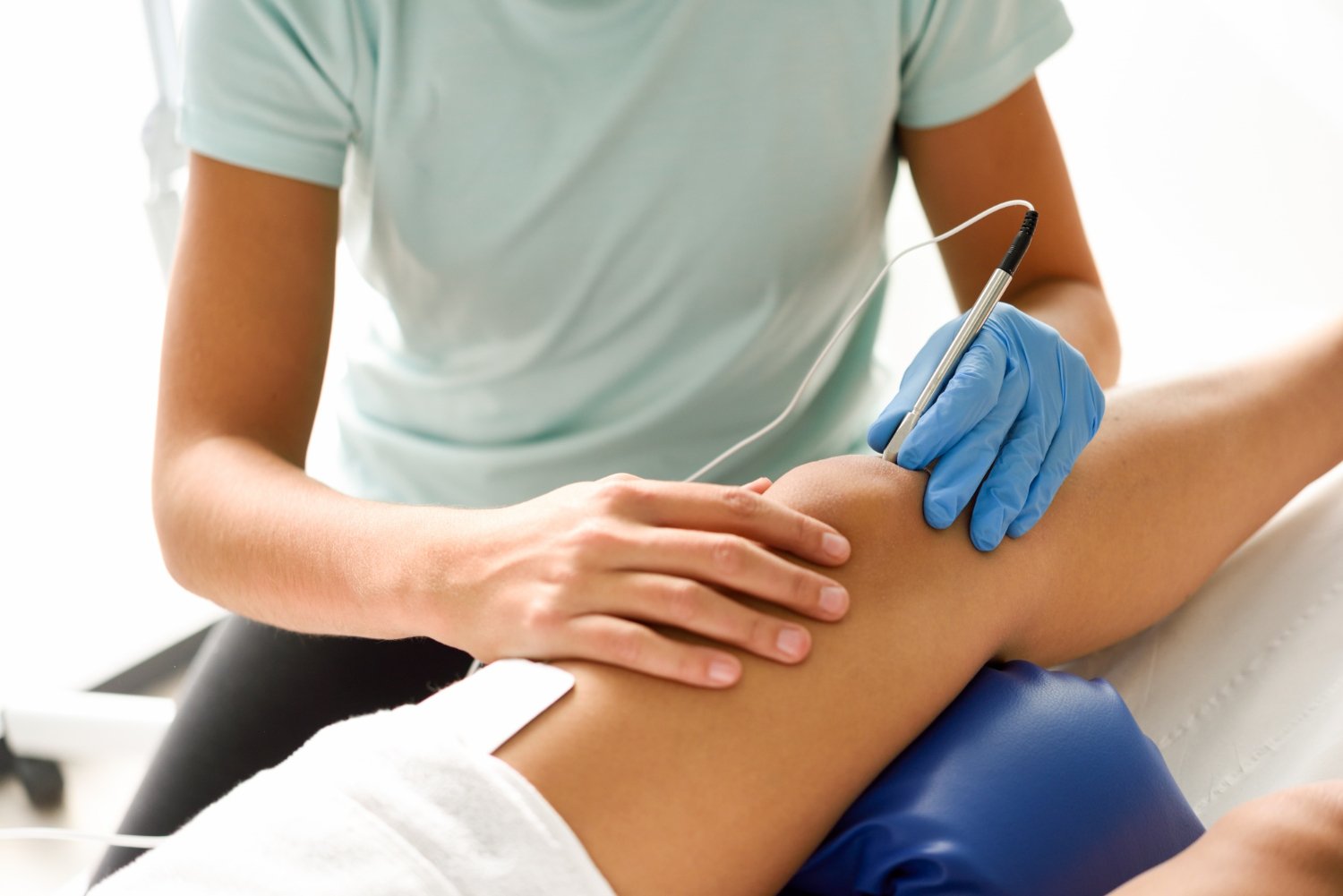For decades, patients with chronic joint pain and tendon injuries faced limited options: manage symptoms with medications, undergo invasive surgery, or simply live with the discomfort. Today, regenerative medicine is transforming treatment approaches by harnessing the body’s natural healing abilities. At our clinic, we specialize in cutting-edge therapies like Platelet-Rich Plasma (PRP) and Stem Cell Injections – breakthrough solutions that repair damaged tissues rather than just masking pain.
How Regenerative Medicine Works
Your body contains powerful healing components – platelets, growth factors, and stem cells – that can regenerate injured tissues when properly activated. PRP therapy concentrates these elements from your own blood and injects them precisely into damaged areas using ultrasound guidance. The concentrated platelets release growth factors that:
✔ Stimulate new collagen production to repair tendons and cartilage
✔ Reduce inflammation at the source of pain
✔ Accelerate tissue regeneration for longer-lasting results
Similarly, stem cell therapy utilizes your body’s undifferentiated cells (harvested from bone marrow or fat tissue) to rebuild joint structures and slow degenerative processes. Unlike steroid injections that weaken tissues over time, these biologic treatments strengthen and restore function.
Conditions Treated with Regenerative Therapies
Our patients have found remarkable success with regenerative treatments for:
- Osteoarthritis of Knees, Hips & Shoulders – By replenishing joint lubrication and repairing cartilage damage, many avoid or delay joint replacement surgery
- Chronic Tendon Injuries – Including rotator cuff tears, Achilles tendinopathy, and tennis elbow that haven’t responded to traditional treatments
- Ligament Sprains & Muscle Tears – Particularly valuable for athletes needing to return to play safely
- Degenerative Disc Disease – When combined with spinal decompression therapy
A recent study in the American Journal of Sports Medicine found that 87% of patients with knee osteoarthritis reported significant pain reduction 12 months after PRP therapy, compared to just 43% with steroid injections.
What to Expect During Treatment
The process begins with a comprehensive ultrasound evaluation to identify the precise treatment area. For PRP therapy, a small blood sample is drawn and spun in a centrifuge to concentrate the healing platelets. Using real-time ultrasound guidance, we then inject this solution into the damaged joint or tendon.
Most procedures take under an hour, with:
• Minimal downtime (24-48 hours of rest recommended)
• Gradual improvement over 4-6 weeks as regeneration occurs
• Peak results typically seen at 3-6 months
While some patients feel improvement after the first treatment, we often recommend a series of 2-3 sessions for optimal regeneration of chronic conditions.
Why Choose Regenerative Medicine Over Surgery?
Compared to traditional surgical approaches, biologic treatments offer:
✓ No general anesthesia or hospitalization required
✓ Lower risk of complications (no surgical wounds or implants)
✓ Preservation of natural anatomy rather than removal of damaged tissue
✓ Potential to delay or avoid joint replacement in appropriate candidates
As Dr. Sarah Thompson, a leader in regenerative orthopedics, explains: “We’re moving from an era of masking symptoms to actually reversing tissue damage. The results we’re seeing with precision-guided biologic treatments are rewriting what’s possible for musculoskeletal healing.”
Frequently Asked Questions
Q: How long do the effects of PRP last compared to steroids?
A: While steroid injections typically provide 2-3 months of relief, PRP results often last 12-18 months as it addresses the underlying degeneration.
Q: Is stem cell therapy better than PRP?
A: Stem cells may be more effective for advanced arthritis or larger tissue defects, while PRP works exceptionally well for tendon and ligament injuries. We can recommend the best option after evaluation.
Q: Are these treatments covered by insurance?
A: Currently most regenerative therapies are considered elective and not covered, though we offer flexible payment options.
Q: When will I notice improvement?
A: Most patients report:
- Reduced pain within 2-4 weeks
- Improved function by 6-8 weeks
- Maximum benefit at 3-6 months as new tissue forms



Comments are closed